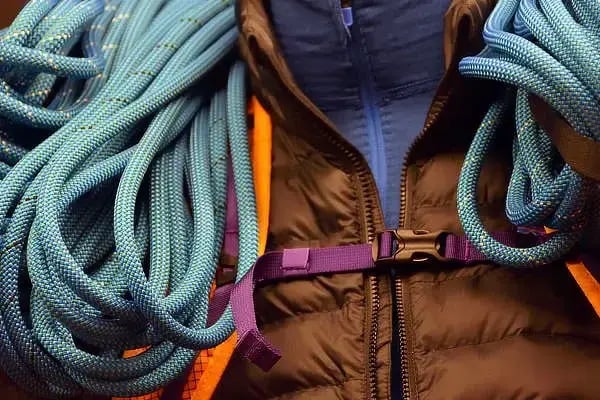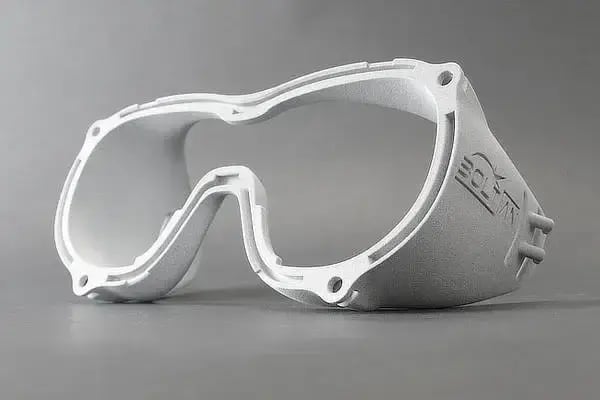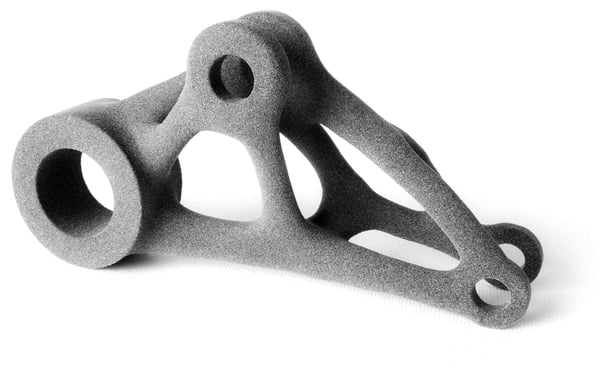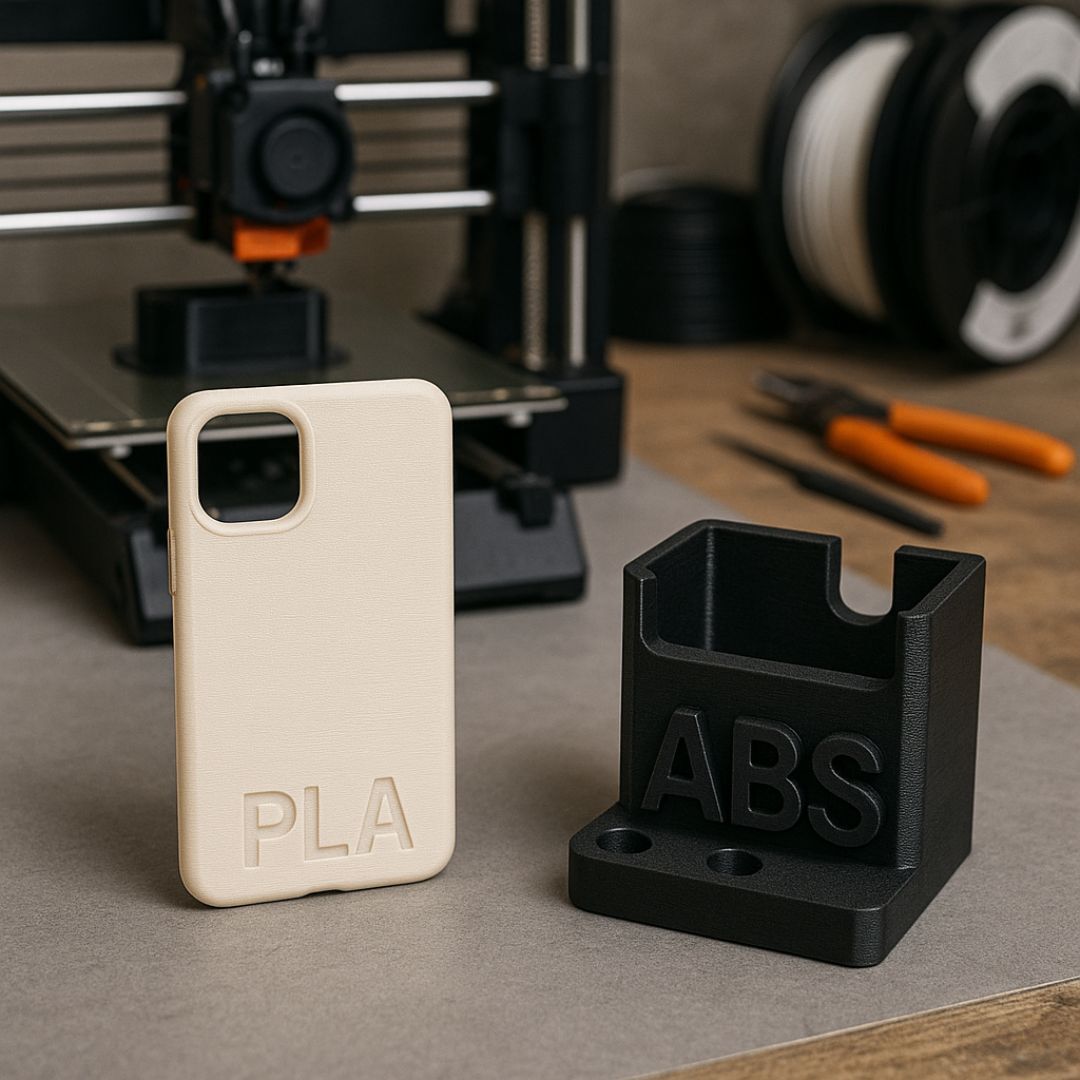2 min read
VALOI optimises production with Weerg’s PA12 3D printing
VALOI, a brand of the Finnish company Kameratori Oy and specialised in film-digitalisation systems for the home market, has started a collaboration...
Multi jet fusion 3D printing is growing in popularity in the ever-evolving digital age, and with that inevitably stems rooted curiosity involving the process. For example, one of the leading questions amongst beginners is what exactly is nylon PA11 and nylon PA12, and is there really a significant difference between the two? Though chemically speaking, PA11 and PA12 are very similar polymers, they are two different terms that produce very different outcomes, all due to one differing carbon atom.
Before discussing the differences between PA11 and PA12, let's talk about what nylon is exactly to get a better overall structural picture. Developed by Wallace Carothers and first appearing in 1935, nylon is a flexible, resistant plastic material which was first used in the 1940s to produce women's stockings. Later being adopted by the automotive industry due to its friction properties, this material became booming in popularity and today is the most utilized material for traditional thermoplastic manufacturing.

There is nothing in this photo that is not nylon
In the multi jet fusion 3D printing world, nylon is, again, the most used material in creating products in this light. As for the PA abbreviation followed by a number, this is what helps users know the number of carbon atoms in the diamine and dibasic acid monomers within the material being used. In fact, the carbon atom ratio is the very thing that gives nylon its unique characteristics.
Starting out with PA11, this is a bioplastic polyamide powder made out of renewable resources that come from vegetable/castor oil. In addition, it only has one manufacturer, which is Arkema. PA12, on the other hand, is a subtle synthetic power cultivated from petroleum materials, and has several manufacturers, such as Arkema again and Evonik.

Googles designed by Boltian and 3D printed with HP Multi Jet Fusion 5210 on PA12. Finish: unrefined grey
Based on development methods, PA11 clearly has a lower environmental impact and does not require tons of non-renewable substances in order to be produced. Furthermore, it is superior in its thermal resistance, stable in light and weather, and has impressive elasticity. As for PA12, though not as eco-friendly, it can withstand drastic temperature drops, even staying strong in below freezing periods. Overall, it is stiff, resistant to cracking, and demonstrated profound long-term quality.

Part 3D printed with HP Multi Jet Fusion 5210 on PA11. Finish: unrefined grey
Based on the information above, you may already have a preferred PA option in mind for your 3D printing needs. For instance, if you are someone who wants quality products without leaving a carbon footprint on the environment, the PA11 would be the best route to go. Alternatively, if you need products that can be stronger in drastic temperature changes and more crack-resistant, then PA12 would be suggested. Even with this note, and though touched upon a bit above, here is a more transparent, listicle breakdown on the differences between PA11 and PA12 to easier reference.
Nylon is one of the most extensive engineering thermoplastic materials developed today and heavily incorporated within HP multi jet fusion 3D printing. And with that comes diverse variations, including PA11 and PA12. Both of these options are excellent in their own ways and can fulfill a vast range of 3D printing goals. But it is vital to remember that just because these two come from the same chemical makeup, they are very different. Due to this, it is essential you understand those underlying differences to really improve your 3D printing goals and have favorable outcomes every time.
In summary, from the low water absorption and dimensional stability of PA11 to the ideal impact properties and stress corrosion resistance of PA12, both are wonderful, but make sure to do your due diligence and choose the best one for your needs to have optimal 3D printing success.
Sources and further reading
https://www.arkema.com/en/webzine/story/PA11-vs-PA12-3D-printing-of-performance-polymers/
https://xpneumatic.com/blog/difference-between-pa6-pa11-and-pa12/
https://www.3dnatives.com/en/nylon-3d-printing-guide-120320204/#!

2 min read
VALOI, a brand of the Finnish company Kameratori Oy and specialised in film-digitalisation systems for the home market, has started a collaboration...

2 min read
Stainless steel is one of the most widely used materials in modern industry thanks to its corrosion resistance, durability, and versatility.Among the...

2 min read
In the world of FDM (Fused Deposition Modelling) 3D printing, material selection is a key factor in determining the quality, functionality, and...